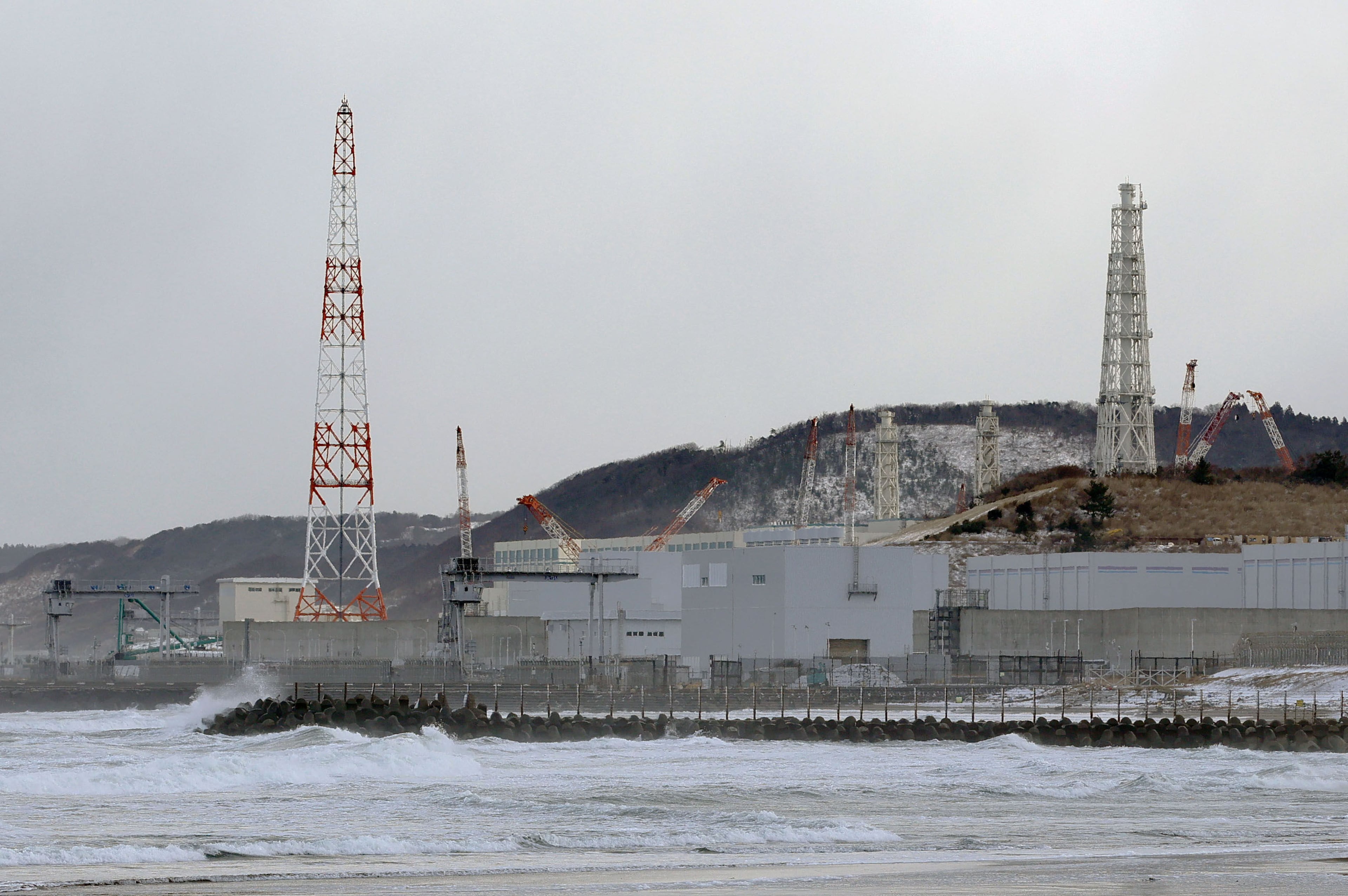Hartsfield-Jackson shifts plan to add more gates

The world’s busiest airport is mulling over how it can add more gates and become even busier.
But the challenges Hartsfield-Jackson International Airport faces are numerous — finding space to build more gates, predicting airline growth in the years and decades to come, and figuring out how to keep the price tag under control.
The Atlanta airport has scrapped plans to build a new international Concourse G, deeming it too expensive at more than $1.5 billion, according to Hartsfield-Jackson interim assistant general manager for planing and development Tom Nissalke.
Instead, it has launched an effort to expand by squeezing in extra domestic gates on extensions of existing concourses. “It’s a concept,” said Hartsfield-Jackson interim general manager Balram Bheodari.
More gates is part of the airport's $6 billion expansion and modernization plan.
Gate space can end up affecting travelers in a real way — since it can determine how much space there is for airlines to add flights, the possibilities for competing carriers to enter and grow in the Atlanta market, and thus the impact of price competition on air fares.
The airport is conducting a federally required environmental assessment of the proposed gate project and reconstruction of the domestic terminal parking decks, which date back to 1970s. The environmental assessment is expected to be completed in February 2019.
Hartsfield-Jackson is already building an extension of Concourse T, adding five gates to the north end.
But even beyond that, “We have an immediate need for additional domestic gates,” Nissalke said.
The airport is now looking at extending Concourse T on the south end with six to eight more gates on a perpendicular leg to the west, which would make it a reverse L-shaped concourse. Another possibility is extending Concourses B, C and D with two gates each.
Each of the two options could cost $400 million to $500 million, Nissalke said.
Delta Air Lines, the dominant airline at in Atlanta, said it “works closely with the City of Atlanta on all facility matters and will continue to have a dialogue on the future state of terminals,” according to a written statement.
The leadership at the top of Hartsfield-Jackson has been in flux with Atlanta Mayor Keisha Lance Bottoms revamping city leadership after entering office in January. She is in the process of choosing a new permanent general manager for Hartsfield-Jackson.
That could affect long-term planning for the airport.
“Somebody else might come in and say, ‘This doesn’t make any sense,’” said Jeff Letwin, an attorney at the law firm Saul Ewing and an expert on airport expansion and redevelopment. “They’re probably being very careful about what they’re spending money on, which makes sense.”
With the airport's limited space and the terminal surrounded by parking garages and taxiways, constructing the additional gates would require moving other airport infrastructure.
The challenge for a land-constrained airport is: “How do you best plan to expand your terminal to accommodate that?” Letwin said.
The airport has 193 gates today. Building more gates on the north ends of Concourses B, C and D would require moving two taxiways.
The Concourse T south extension would require a shift of the cell phone lot, and changes to plans for a new Terminal South parking garage when the decks are demolished.
The new garage would need to shift to the west, extending beyond the domestic terminal and requiring a longer walk for passengers headed to their cars. Moving sidewalks could mitigate the walk.
And airport officials are considering building parking decks that could be repurposed for other uses in the future, like office space, in case demand for parking declines significantly due to growth of Uber and Lyft and, eventually, self-driving cars.
“We have to do our best job in predicting” what will happen with demand, Nissalke said.
Originally, officials planned to double the size of the Terminal North and Terminal South parking garages, then shifted to a plan to double the size of only one of the two. Then they began looking at scaling back plans further, and altering plans to allow room for more gates on Concourse T.
“The big issue is the impact that disruptive technologies are having on parking facilities,” Letwin said. “How do you plan for that when every day you turn around and then there’s something new?”



